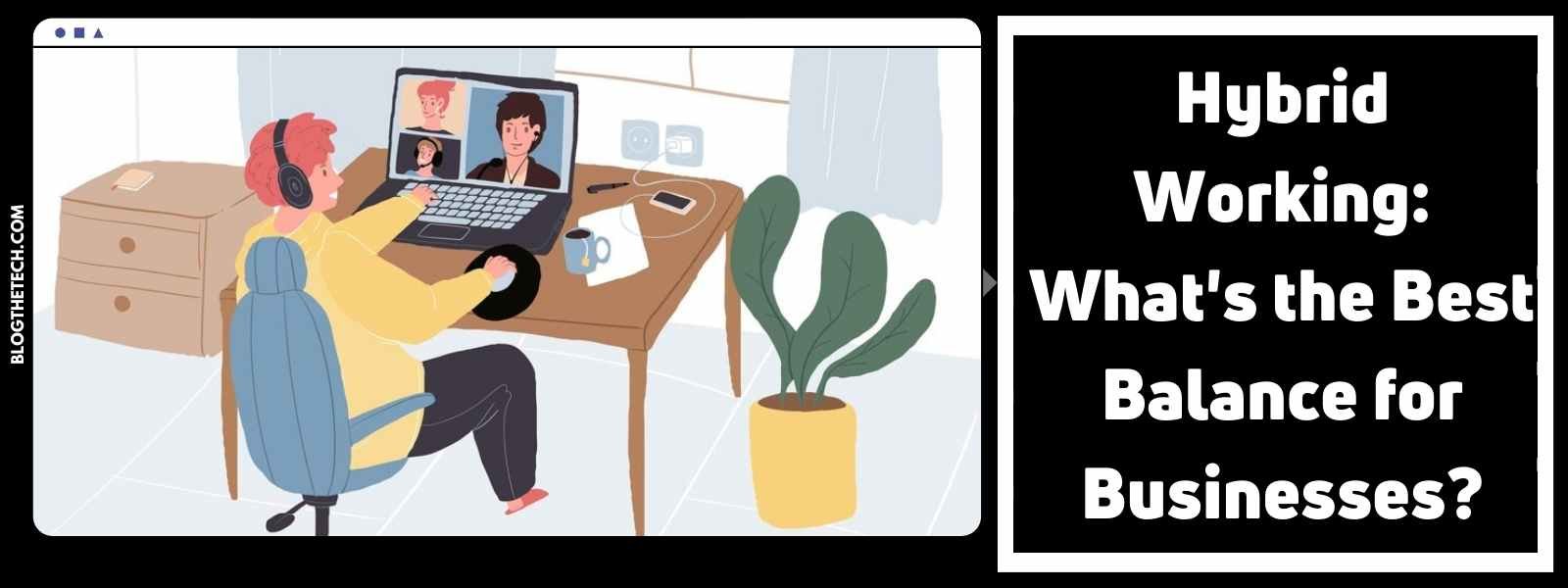The end of the COVID-19 pandemic may be on the horizon, but its effects will be felt for years. 2020 has seen a remarkable shift in how the world operates; how the next year turns out will come down to whether or not these shifts stick around.
One of many economic effects brought by COVID-19 is a significant drop in consumer spending. With so many jobs lost and businesses shuttered, consumer spending took a nosedive as households held on to everything they had left.
As the virus subsides and employment rebounds, you might expect consumer spending to see a significant rebound; the truth, unfortunately, is not so simple.
Will Consumer Spending Rebound?
Some of the biggest factors that will decide what direction consumer spending takes include:
New Technology
Returning to old purchasing habits after major economic contractions can be terrifying. Consumers need all the help they can get, and recent advancements in technology are making it easier to buy.
New technology is changing how consumers are spending. Smart debit cards, for example, come with built-in functions that increase purchase security and connectivity. Digital wallets and cryptocurrency are increasingly being accepted by businesses.
Consumers want to feel secure, starting with how they spend their money. Innovations like these will help consumers feel more comfortable spending once COVID-19 is finally in the rearview mirror.
Changing Caseloads
While COVID-19 certainly hasn’t gone away, concentrated efforts are helping to end its spread. With progress being made on a vaccine, the virus will no longer have such a tight hold on global economies. As the world takes a deep breath once again, consumer spending will begin to rebound.
As of right now, one of the biggest reasons consumer spending is still low is because the prospect of an increase in cases and more lockdowns is always on the horizon. It’s more difficult to justify non-essential spending when income sources are unstable. Once health concerns are no longer as big of a threat, restaurants, malls, and stadiums will be filled once more.
Another important factor to consider is the return of jobs. Numerous employees were let go as companies struggled to stay afloat and avoid going into the negatives. As job openings return, more consumers will have the cash they need to return to spending.
Growing Confidence
As the pandemic fades and the economy strengthens, consumers will regain the confidence they need to start spending once again. Right now, uncertainty is stopping consumers from making purchases like they used to. Buyers need a strong, stable economy to feel comfortable making larger purchases, and 2024 might have some glimmers of hope for that kind of market.
As the economy recovers, so too will consumer spending. Take into account everything that the public missed during these long COVID months: There will be a strong desire to attend events, go on shopping sprees, and exercise a little freedom once things are as back to normal as possible. This “pent up” demand may cause a big spike in short-term consumer spending before eventually flattening out to typical levels.
Online Shopping Trends
Accelerated by COVID-19 fears, online shopping has exploded in the past months. An already common method of shopping, buying digitally has created an entire economy that’s resistant to the factors that can slow down in-store purchases.
Online shopping is expected to grow by 13.5% annually over the next decade. Improvements in delivery systems and the number of businesses jumping in on the trend fuel this growth. Convenience sells in today’s economy, so a stable upward trend in online shopping augurs good things for consumer spending writ large.
Changing Strategies
A marketing research poll from OpenX showed that 74% of marketers made changes to their campaigns during COVID-19 that they plan on continuing during 2024. Marketers learned a lot during this pandemic. Many feel confident that they’ll be able to use their newly developed strategies to spur more consumer spending in the new year.
One of the biggest changes in strategy is focusing on digital channels, which 56% of marketers say they’ll be doing. With the rise in online shopping and social media’s popularity, this marketing method has proven viable and effective.
Reduced Interest Rates
In the wake of the pandemic, the Federal Reserve has held short-term borrowing rates at an extremely low level. This was done to help consumers recover as the economy reels.
Low-interest rates make it easier for banks and other lenders to offer affordable loans to consumers, homeowners, small businesses, and other groups in dire need of cash. Easy access to loans with manageable rates is a crucial part of kickstarting the economy, the effects of which will be felt most strongly next year.
Millennial Consumerism
Millennials have surpassed Baby Boomers as the largest adult population in the United States, and they will be the driving force behind any consumer rebound in 2024. Their reliance on online shopping and willingness to pay for premium products will help push consumer spending up next year.
Millennials are a diverse generation. Because millennial demography plays an outsize role in determining the demographics of the entire nation, consumption patterns among 25-39-year-olds are crucial to watch. As the economy starts to fully reopen in 2024, millennial spending may well be a “canary in the coal mine” for spending on a national level, determining the path forward for all consumers.
While there is plenty of uncertainty to go around, most signs seem to point to a big rebound for consumer spending in the coming year. COVID-19 may currently be at peak levels, but the rapid deployment of vaccines to in-need groups will turn the tide of the fight in a matter of months.
Will it be enough? Almost certainly so. People of all ages and income brackets are ready to start spending again, and businesses are ready to give them something to spend on.





